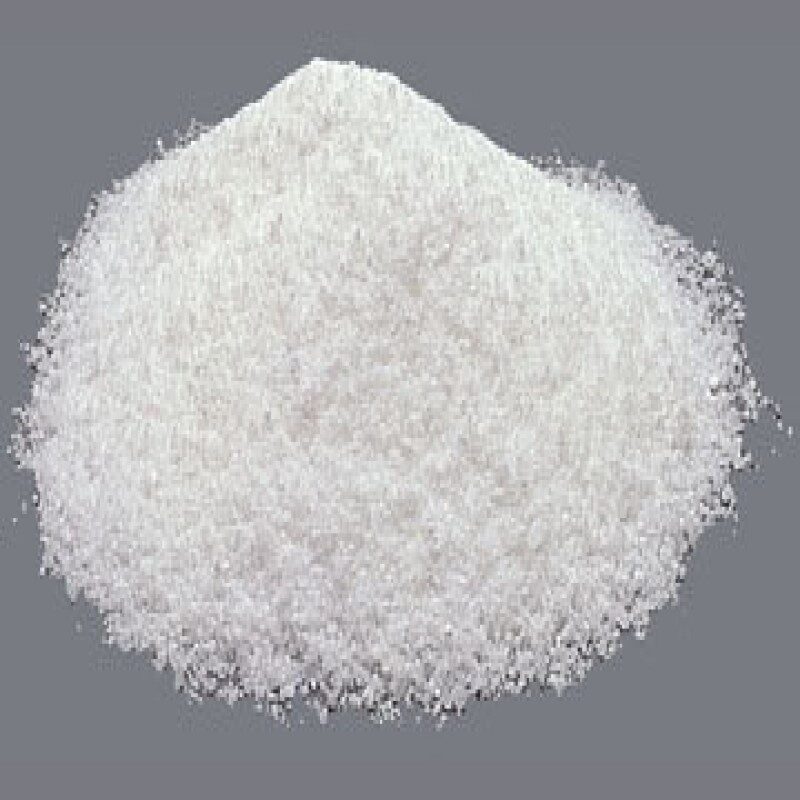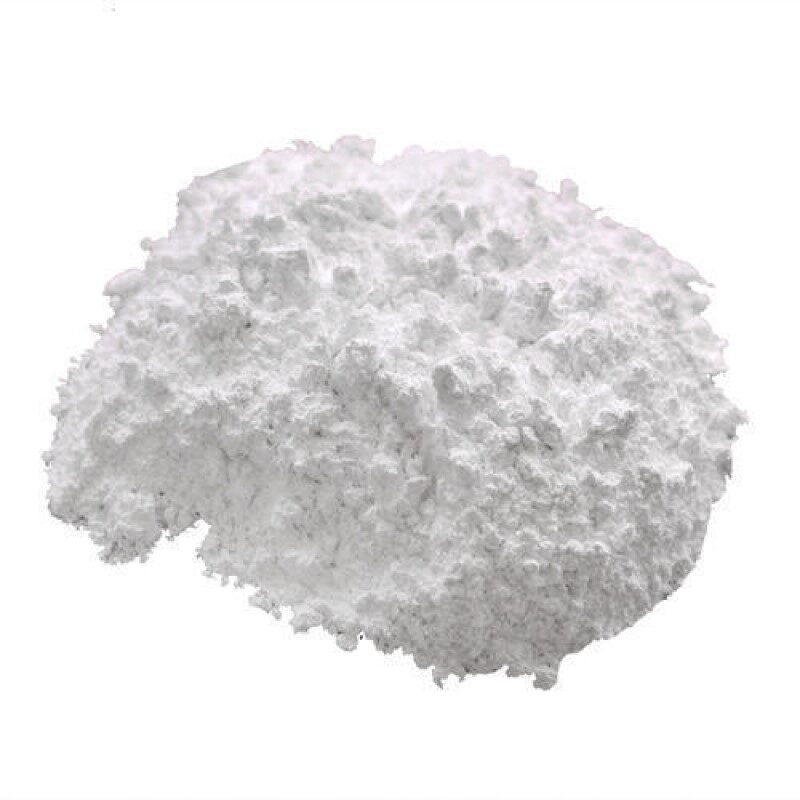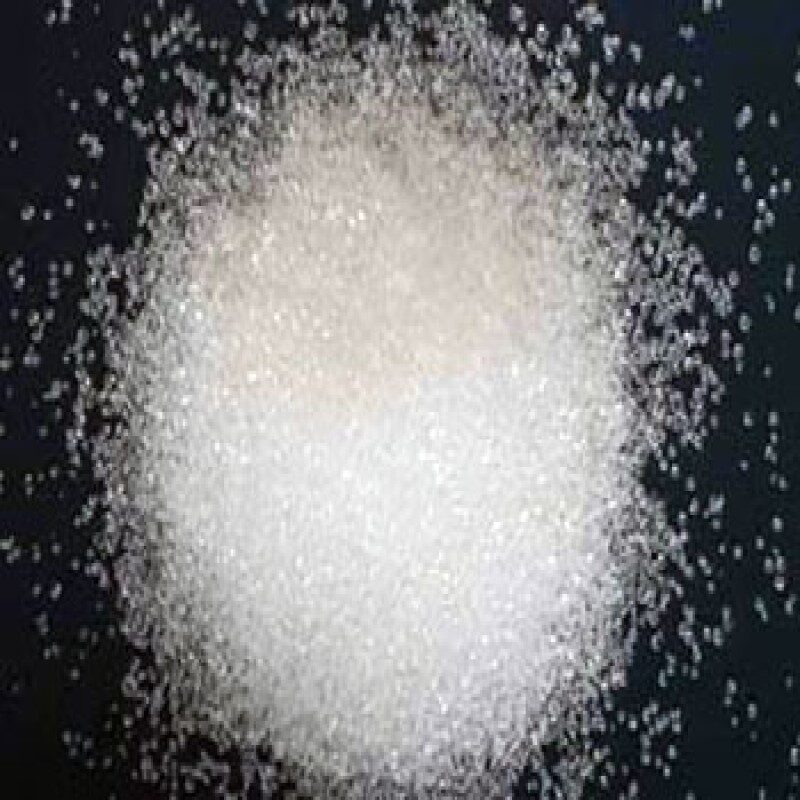Description
Remarks: The material complies as per above specification.
Uses: Lactobionic acid is used in the chemical industry as a sugar based surfactant in biodegradable detergents. Its iron chelating and emulsifying properties have suggested its potential use in many industrial operations, use as an important starting chemical for manufacturing detergents
Packing: 25 kg HDPE Bags/HDPE Drum.
For AMIZARA SPECILITY CHEMICALS LLP
MSDS
Lactobionic Acid SDS GHS, Safety Data Sheet MSDS Sheet, Material Safety Data Sheet
Section 1:Chemical Product and Company Identification
| Product Name & Other Names |
Lactobionic Acid or 4-O-β-D-Galactopyranosyl-D- gluconic acid. |
| CAS Number. |
96-82-2 |
| EINECS EC Code |
202-538-3 |
| Molecular Formula |
C12 H22 O12 |
| Molecular Weight |
358.29 |
| Recommended usage |
Industrial Manufacturing. |
| Suppliers |
As per the letterhead. |
SECTION 2 : Hazards Identification
GHS, Globally Harmonized System Classification in accordance with 29 CFR 1910 Hazard Class and Category Code(s), Regulation (EC) No 1272/2008 (CLP)
| Not a hazardous substance or mixture according to Regulation |
(EC) No. 1272/2008. |
| This substance is not classified as dangerous according to Directive |
67/548/EEC |
Labeling Regulation as per GHS & EC 1272/2008 (CLP) & GHS
| GHS Label Elements |
NONE |
| Signal Word |
None |
| Hazards not otherwise classified (HNOC) |
May causes mild skin irritation
May causes mild eye irritation. |
Precautionary statements
| P261 |
Avoid breathing dust/fume/gas/mist/vapors/spray. |
| P262 |
Do not get in eyes, on skin, or on clothing. |
| P281 |
Use personal protective equipment as required. |
| P302+P352 – IF ON SKIN |
Wash with plenty of soap and water. |
| P304 + P340 – IF INHALED |
Remove victim to fresh air and keep at rest in a position comfortable for breathing. |
| P305 + P351 + P338 – IF IN EYES |
Rinse cautiously with water for several minutes. Remove contact lenses, if present and easy to do. Continue rinsing. |
| P337+313 |
If eye irritation persists get medical advice/attention. |
Section 3: Composition / Information on Ingredients
| Product Name & Other Names |
Lactobionic Acid or 4-O-β-D-Galactopyranosyl-D- gluconic acid. |
| CAS Number |
96-82-2 |
| EINECS EC Code |
202-538-3 |
SECTION 4: First Aid Measures
Always seek medical advice after the first aid treatment.
| Skin |
Rinse with water. Soap may be used. Seek Medical Aid. |
| Eyes |
Wash eyes with plenty of water for at least 15 minutes, lifting lids occasionally. Seek Medical Aid. |
| Inhalation |
Remove to fresh air. If not breathing, give artificial respiration. If breathing is difficult, give oxygen. |
| Ingestion |
If swallowed, induce vomiting immediately after giving two glasses of water. Never give anything by mouth to an unconscious person. |
SECTION 5 :Fire and Explosion Data
| Flammability of the Product |
Non-flammable. However, it can burn at higher temperatures. |
| Products of Combustion |
Oxides of Carbon. |
| Fire Fighting Media and Instructions |
Use water spray, alcohol-resistant foam, dry chemical, or carbon dioxide. Wear self-contained breathing apparatus for firefighting if necessary. |
SECTION 6: Accidental Release Measures
Methods and materials used for containment Cleanup procedures and Storage
| Personal precautions, protective equipment and emergency procedures |
Ventilate area of leak or spill. Avoid breathing dust/fumes/gas/mist/vapors/spray. Use individual protective equipment (waterproof boots, suitable protective clothing, safety glasses, etc.). Restrict unprotected personnel from the area. Prevent any contact with hot surfaces. Do not approach facing the wind. Do not touch the spilled material. |
| Environmental precautions |
Do not let the product enter drains, soil, or water sources |
| Small Spill |
Use appropriate tools to put the spilled solid in a convenient waste disposal container.
Finish cleaning by spreading water on the contaminated surface and dispose of according to legal requirements. |
| Large Spill |
Contain spilled material. Cover with an inert, non-combustible absorbent material, (e.g. sand, earth, diatomaceous earth, vermiculite).
Vacuum or sweep-up and remove to an approved disposal container.
Finish cleaning by spreading water on the contaminated surface and allow to evacuate as per law. |
SECTION 7:Handling and Storage
| Precautions for safe handling |
Apply according to good manufacturing and industrial hygiene practices. Ensure proper ventilation.
In case of insufficient ventilation, wear suitable respiratory equipment. Wash thoroughly after handling.
Do not drink, eat, or smoke while handling. Avoid contact with skin, eyes, and clothing.
Minimize dust generation. Avoid breathing dust/fumes/gas/mist/vapors/spray. Avoid contact with eyes, skin, and clothing. Keep container tightly closed.
Avoid ingestion and inhalation. Use individual protective equipment (waterproof boots, suitable protective clothing, safety glasses, etc.). Prevent any contact with hot surfaces. |
| Conditions for safe storage, including any incompatibilities |
Store in cool, dry, and ventilated area away from heat sources and protected from sunlight in tightly closed original container.
Keep air contact to a minimum. Store protected from heat, sparks and ignition sources and incompatible materials. Avoid contact with skin and eyes.
Avoid inhalation of dust/mist/vapor. Do not store with incompatible materials like strong oxidizing agents. |
SECTION 8: Exposure Controls/Personal Protection
Other Control MeasuresMaintain good housekeeping in work area. Dust deposits on floors and other surfaces may pick up moisture and cause the surfaces to become slippery and present safety hazards.
Handle in accordance with good industrial hygiene and safety practice. Wash hands after handling.
| Engineering Controls: |
Use process enclosures, local exhaust ventilation, or other engineering controls to keep airborne levels below recommended exposure limits.
If user operations generate dust, fume, or mist, use ventilation to keep exposure to airborne contaminants below the exposure limit. |
| Ventilation System |
A system of local and/or general exhaust is recommended to keep employee exposures as low as possible.
Local exhaust ventilation is generally preferred because it can control the emissions of the contaminant at its source, preventing dispersion of it into the general work area. |
| Personal Respirators (NIOSH Approved) |
For conditions of use where exposure to dust or mist is apparent and engineering controls are not feasible, a particulate respirator may be worn.
For emergencies or instances where the exposure levels are not known, use a full-face positive-pressure, air-supplied respirator. |
| Skin Protection |
Wear protective gloves and clean body-covering clothing. |
| Eye Protection |
Use chemical safety goggles and/or full face shield where dusting or splashing of solutions is possible.
Maintain eye wash fountain and quick-drench facilities in work area. |
SECTION 9: Physical and Chemical Properties
| Appearance |
Solid. Off-white crystals powder or granules. |
| Odor |
None |
| Odor threshold |
Not available. |
| pH(10% soln/water): |
1.0-3.0. |
| Relative density |
Not available. |
| Melting Point/freezing point |
> 113 – 118C |
| Initial boiling point and boiling range |
Not available |
| Flash point |
Not available. |
| Auto-ignition temperature |
Not available |
| Decomposition temperature: |
Not available |
| Upper/lower flammability or explosive limits |
Not available. |
| Vapor pressure |
Not available. |
| Vapor density: |
Not available. |
| Evaporation rate |
Not available. |
| Flammability (solid, gas) |
Not available. |
| Partition coefficient:n-octanol/water |
Not available. |
| Solubility |
Soluble in water. |
| Viscosity |
Not available. |
| Molecular Formula |
C12 H22 O12 |
| Molecular Weight |
358.29 |
SECTION 10. Stability and Reactivity
| Stability |
It is stable in room temperature in closed containers under normal storage & handling. |
| Conditions of instability |
Incompatible materials, Moisture |
| Incompatibility with various substances |
Avoid high temperatures, sparks, open flames, and moisture.
Avoid contact with strong oxidizing agents. |
| Polymerization |
Will not occur. |
SECTION 11:Toxicological Information
| LD50 Oral – Rat |
5,000 mg/kg(4-O-ß-D-galactopyranosyl-D-gluconic acid) |
| LD50 Dermal – Rat |
2,000 mg/kg(4-O-ß-D-galactopyranosyl-D-gluconic acid) |
| Carcinogenicity |
No component of this product present at levels greater than or equal to 0.1% is identified as possible or confirmed human carcinogen by IARC, ACGIH, OSHA and NTP. |
| Mutagenic Effects |
Not available. |
| Teratogenic Effects |
Not available. |
| Developmental Toxicity |
Not available. |
| Reproductive Effects |
No information available. |
SECTION 12. Ecological Information
| Toxicity to fish |
static test LC50 – Oncorhynchus mykiss (rainbow trout) – > 100 mg/l – 96 h(4-O-ß-D-galactopyranosyl-D-gluconic acid) |
| Products of Biodegradation |
The product itself and its products of degradation are slightly toxic. |
| Results of PBT and vPvB assessment |
This substance/mixture contains no components considered to be either persistent, bioaccumulative and toxic (PBT), or very persistent and very bioaccumulative (vPvB) at levels of 0.1% or higher. |
SECTION 13. Disposal Considerations
| Waste Disposal |
Waste must be disposed of in accordance with federal, state, and local environmental control regulations. |
SECTION 14. Transport Information
| DOT (USA) & ADR/RID |
Not dangerous goods |
| IMDG |
Not dangerous goods |
| IATA |
Not dangerous goods |
SECTION 15 Other Regulatory Information
USA Regulations:
| SARA 313: |
Not applicable |
| SARA 311/312 Hazard Categories |
Not applicable |
| OSHA |
None of the chemicals in this product are considered highly hazardous by OSHA. |
| California Prop 65 |
California No Significant Risk Level: None of the chemicals in this product are listed. |
SECTION 16: Additional Information
Disclaimer:
Our company provides this Lactobionic Acid SDS information contained herein in good faith but makes no representation as to its comprehensiveness or accuracy. This MSDS sheet is intended only as a guide to the appropriate precautionary handling of the material by a properly trained person using this product. Individuals receiving the information must exercise their independent judgment in determining its appropriateness for a particular purpose.




